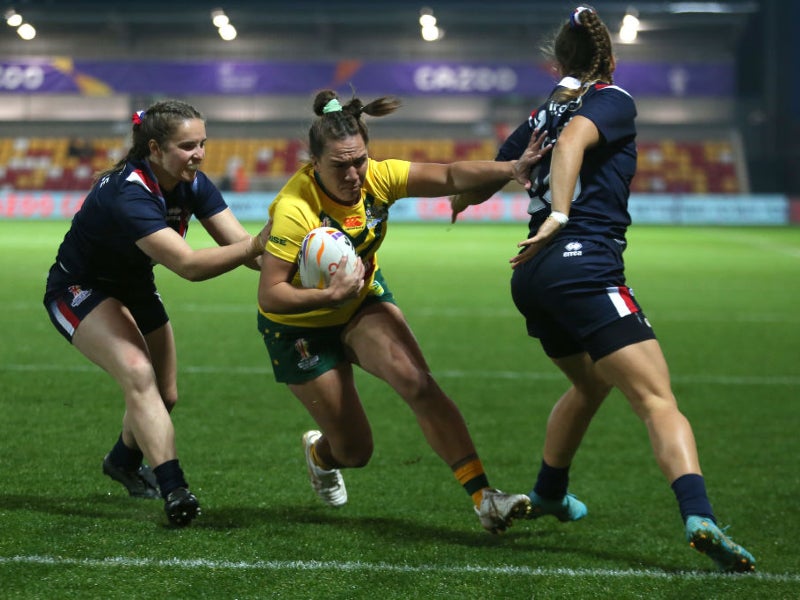
Having historically been underfunded and underrepresented, women’s sport around the world has seen sudden growth in recent years and is gradually moving towards commercial equity with men’s sport – albeit with a long way to go.
Recent developments have included a record TV audience for soccer’s UEFA European Women’s Championship, the resurrection of road cycling’s Women’s Tour de France after over 30 years, and the “largest-ever capital raise for a women’s sports property” by the Women’s National Basketball Association in the US.
Conrad Wiacek, head of analysis at GlobalData Sport, discusses how these examples and others like them reflect the rapid recent rise of women’s sport, what impact its growth is having, and what can be expected going forward.
How quickly has the growth in women’s sport accelerated in recent years?
Sponsorship investment in women’s sport has been growing steadily since 2018, up 24% over that time. Soccer is the main beneficiary, with the greater promotion of international women’s tournaments. Tennis is a significant driver here, but this has a longer history through the Women’s Tennis Association, while sports such as netball, basketball, rugby, and esports are driving substantial growth.
What have been the driving factors behind this?
Ultimately, brands are seeing the audiences that are engaging with women’s sports and are ‘following the money’. Put bluntly, brands are trying to reach an audience and, currently, women’s sport is growing and offers value. Media rights are relatively cheap for the audiences that are being delivered in comparison to certain male leagues and tournaments, while sponsorships are also priced competitively. Brands will want to avoid the impression of jumping onto the bandwagon, but there are opportunities.
Have any key moments helped to catalyze the growth?
Sport is all about ‘key moments’. The iconic images that capture imaginations and women’s sport has had a lot of those in recent years. From the US women’s national soccer team winning back-to-back World Cups to Emma Raducanu winning the US Open, women’s sport is now getting the profile and recognition it deserves, and this will only help to fuel further growth.
In what ways has the growth impacted women’s sports organizations?
At a rightsholder level, there is a greater commercial emphasis on women’s sports with dedicated commercial teams focused solely on women’s teams. English soccer’s Football Association, for example, has a dedicated commercial unit striking deals for its women’s national team, the Lionesses, exclusively and separate from the men’s teams. On the agency side, the growth of teams focused solely on women’s sport, such as CSM’s Women’s Sports Strategy unit, indicates the growth of women’s sport will continue to be a focus.
To what extent has the growth led to new commercial partnership opportunities?
The interest from brands is based on the opportunity. The Lionesses can now sell out Wembley like their male counterparts and over 17 million watched them triumph in the final of the UEFA European Women’s Championship. UEFA has said that the overall TV audience for the tournament was 365 million. Commercial opportunities are based on access to an audience, and figures like this show that the audience is there.
What does the future trajectory look like within the industry?
The future is certainly bright. We are seeing greater investment in women’s sport at both grassroots and professional levels – English club soccer’s Women’s Super League has a multimillion-pound deal with Sky and has a footprint across both pay and free-to-air TV. The Scottish Women’s Premier League has gone from amateur to securing a six-figure rights deal in a matter of years. According to the GlobalData Sport Intelligence Center, Sponsorship Deals Database, we’ve seen a 24% increase in sponsorship investment since 2018, and this is despite the Covid-19 pandemic. With more voices championing women’s sport, the scale of ambition will be the only limit.
Image: Ashley Allen/Getty Images


